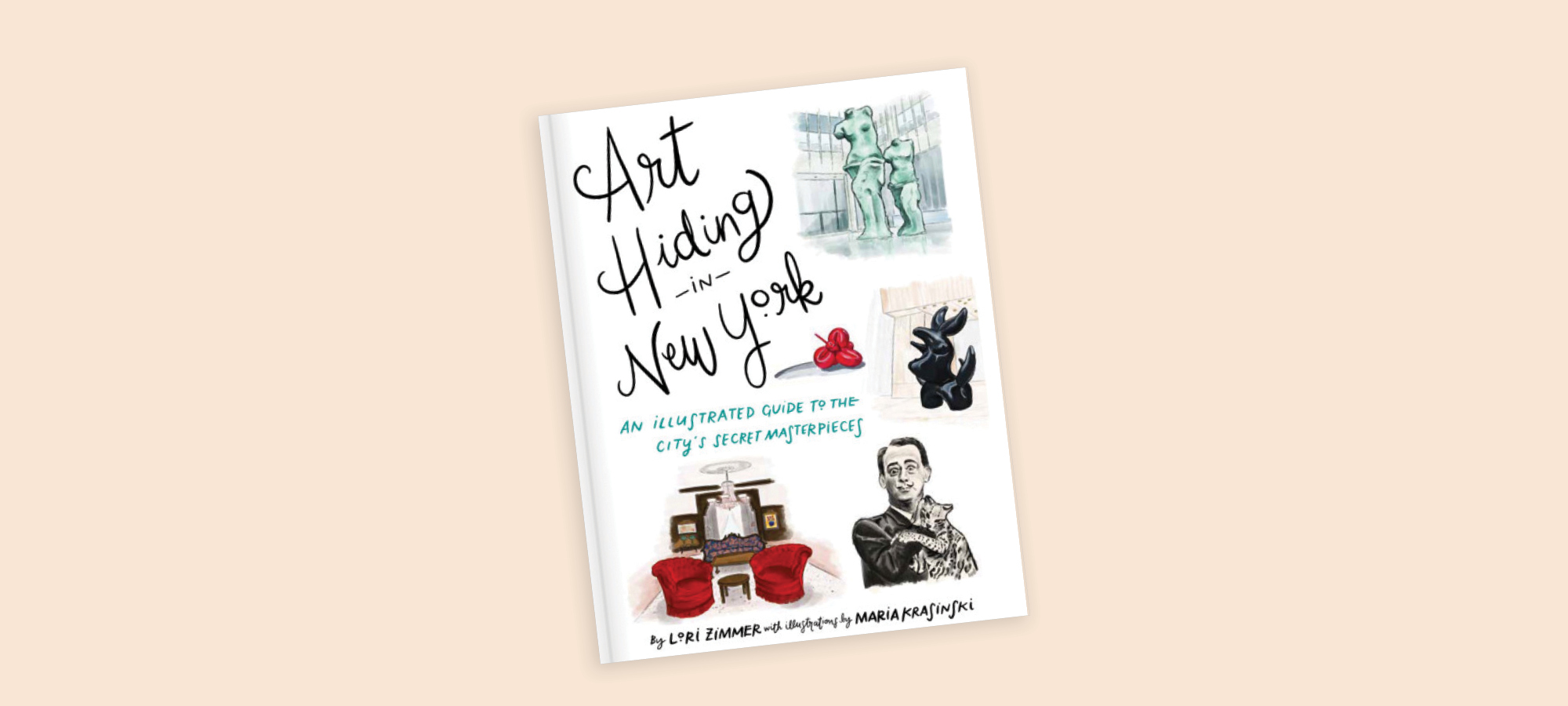
Art Hiding in New York: An Illustrated Guide to the City’s Secret Masterpieces, illustrated by Maria Krasinski, AB’01, AM’09, is just one of the releases featured in this issue.
A selection of books, films, and recordings by UChicago alumni.
Recasting the Vote: How Women of Color Transformed the Suffrage Movement
By Cathleen Cahill, AM’96, PhD’04
The path to the 19th Amendment relied on decisive contributions from suffragists of color, argues Penn State historian Cathleen Cahill. Her account focuses on six women of diverse ethnic backgrounds, including Native American writer Gertrude Simmons Bonnin, African American activist Carrie Williams Clifford, and Chinese-born minister and economist Mabel Ping-Hua Lee. They drew strength from their fights for causes that intersected with the women’s movement, such as labor rights and Indigenous sovereignty. And in the decade after women won the right to vote, Cahill emphasizes, these activists worked toward a future in which that right would apply to all women in the country.
Art Hiding in New York: An Illustrated Guide to the City’s Secret Masterpieces
Illustrations by Maria Krasinski, AB’01, AM’09
Diego Rivera’s 1933 mural Man at the Crossroads didn’t last long in 30 Rockefeller Plaza once the building’s managers objected to his celebratory depiction of Lenin. (Luckily, photographs survive.) The mural is among some 100 lost treasures and hidden gems brought to life by illustrator Maria Krasinski’s drawings in this curated tour of Manhattan’s urban art landscape. Krasinski and author Lori Zimmer take readers to corporate lobbies, hotel restaurants, and other surprising corners of the aesthetic realm, like the Upper East Side townhouse where Andy Warhol lived with his mother and 25 cats named Sam.
Ascent to Glory: How ‟One Hundred Years of Solitude” Was Written and Became a Global Classic
By Álvaro Santana-Acuña, AM’06
A best seller when it was published in 1967, One Hundred Years of Solitude has become a cornerstone of world literature, translated into 49 languages and read more widely than any Hispanophone literary text but Don Quixote. The book that took Gabriel García Márquez 17 years to write met a booming Spanish-language publishing industry and a cosmopolitan Latin American literary network that set the stage for its meteoric success. For fans and literary sociologists alike, Whitman College sociologist Álvaro Santana-Acuña tracks how scores of cultural brokers facilitated the work’s global circulation.
In Deep
Hosted by Jed Kim, AB’02
“Humanity’s struggle to keep water clean has been epic,” says public radio reporter Jed Kim, and it depends on extensive infrastructure that for most of us remains out of sight and out of mind. In his podcast In Deep, Kim and his team of environmental journalists introduce listeners to the largely underground zones where that struggle is waged across the United States today—and to the scientists, politicians, advocates, and others who lead it. Along with this plunge into the world subtending our toilets, the potential national disaster of lead water pipes, and the challenges facing rural America’s clean water infrastructure, Kim hosts the Marketplace podcast Million Bazillion, which answers children’s questions about money.
The Art of Dissent
Written and directed by James Dean Le Sueur, AM’90, PhD’96
The Soviet Union ended the 1968 Prague Spring with an invasion to stop the Czech government’s liberal reforms. A year later, after Soviet-backed police repressed dissidents still demonstrating for change, the resistance went underground, led by artists and intellectuals. Twenty years of aesthetico-political activity culminated in the Velvet Revolution and the election of writer and dissident Václav Havel, whom Arthur Miller called “the world’s first avant-garde president.” University of Nebraska historian James Dean Le Sueur’s documentary uses interviews and archival footage to capture the artistic roots and the post-1989 legacy of the Czech freedom movement. The film has been touring—and winning awards—on the international film festival circuit.
Disposing of Modernity: The Archaeology of Garbage and Consumerism during Chicago’s 1893 World’s Fair
By Rebecca Graff, AM’01, PhD’11
In an America of about 63 million people, the World’s Columbian Exposition sold more than 27 million tickets to fairgoers in Jackson Park. The buildings are mostly gone, but all those people left behind garbage from new products marketed and sold at the park. The fair was designed for this kind of commerce, and vestiges of the sewage and sanitation infrastructure built to manage its waste remain underground. Lake Forest College urban archaeologist Rebecca Graff led digs at Jackson Park and at the Gold Coast’s Charnley-Persky House, where household items like those sold at the fair turned up in the remains of the family rubbish pile. Graff analyzes what these links between fairground and home reveal about consumerism and citizenship in 1893.
For additional alumni releases, use the link to the Magazine’s Goodreads bookshelf at mag.uchicago.edu/alumni-books.
